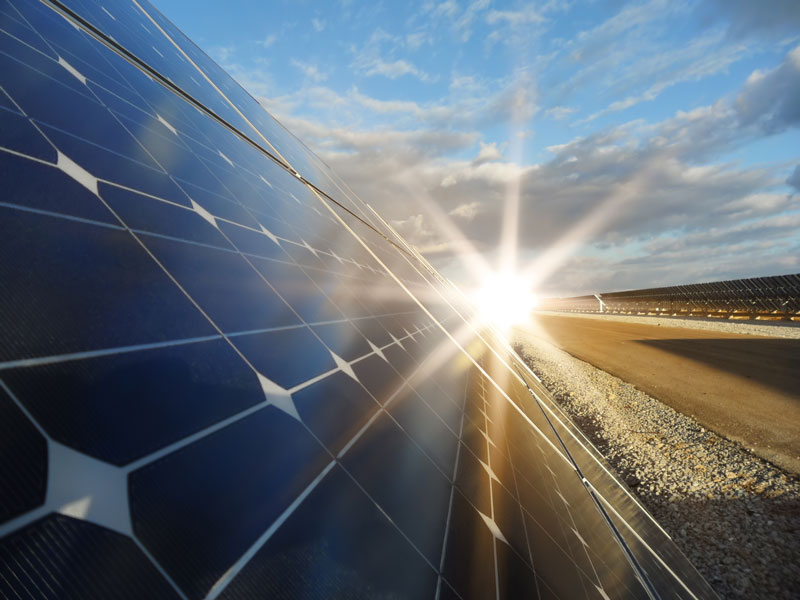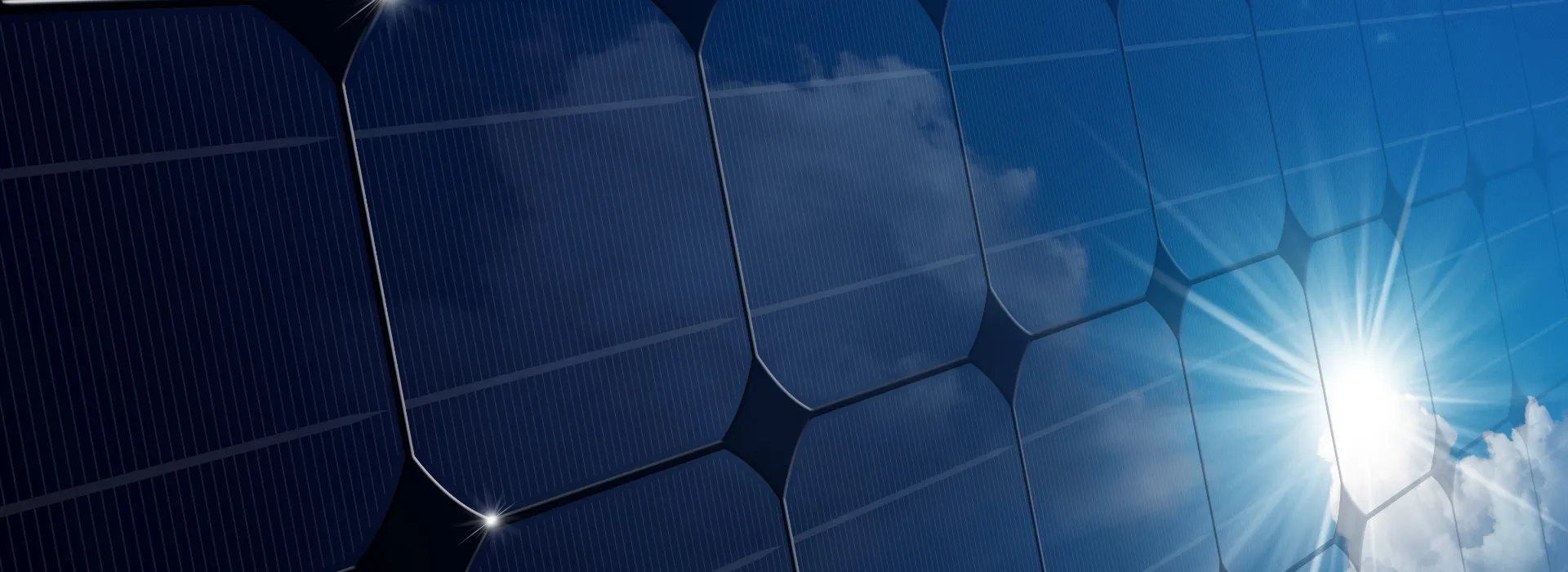The increasing development of flexible and printed electronics has fueled substantial advancements in selective laser sintering, which has been attracting interest over the past decade. Laser sintering of metal nanoparticle dispersions in particular (from low viscous inks to high viscous pastes) offers significant advantages with respect to more conventional thermal sintering or curing techniques. Apart from the obvious lateral selectivity, the use of short-pulsed and high repetition rate lasers minimizes the heat affected zone and offers unparalleled control over a digital process, enabling the processing of stacked and pre-structured layers on very sensitive polymeric substrates. In this work, the authors have conducted a systematic investigation of the laser sintering of micro-patterns comprising Ag nanoparticle high viscous inks: The effect of laser pulse width within the range of 20–200 nanoseconds (ns), a regime which many commercially available, high repetition rate lasers operate in, has been thoroughly investigated experimentally in order to define the optimal processing parameters for the fabrication of highly conductive Ag patterns on polymeric substrates. The in-depth temperature profiles resulting from the effect of laser pulses of varying pulse widths have been calculated using a numerical model relying on the finite element method, which has been fed with physical parameters extracted from optical and structural characterization. Electrical characterization of the resulting sintered micro-patterns has been benchmarked against the calculated temperature profiles, so that the resistivity can be associated with the maximal temperature value. This quantitative correlation offers the possibility to predict the optimal process window in future laser sintering experiments. The reported computational and experimental findings will foster the wider adoption of laser micro-sintering technology for laboratory and industrial use.
8 Hamasger st.
P.O. Box 236
Migdal Ha’Emek, 2310102 Israel
P.O. Box 236
Migdal Ha’Emek, 2310102 Israel
Phone: +972-4-6546881
Fax:+972-4-6546880
Fax:+972-4-6546880
Key Sicrys™ Patents Granted:
USA US 9556350, 10166602, 10984920, 11590567
Russia RU 2593311, 2730285
China CN 103282969
Japan JP 6067573 & JP 6363138
Europe EP 3113897, EP2649621
Israel IL 226665, IL247528
Copper WO PCT/1B2015/051536 (WO2015132719)
Silver WO PCT/US2011/063459 (WO2012078590)
SicrysTM Pending Patent: Nanometric SINGLE-CRYSTAL SILVER Pastes GB2414384.4
USA US 9556350, 10166602, 10984920, 11590567
Russia RU 2593311, 2730285
China CN 103282969
Japan JP 6067573 & JP 6363138
Europe EP 3113897, EP2649621
Israel IL 226665, IL247528
Copper WO PCT/1B2015/051536 (WO2015132719)
Silver WO PCT/US2011/063459 (WO2012078590)
SicrysTM Pending Patent: Nanometric SINGLE-CRYSTAL SILVER Pastes GB2414384.4


